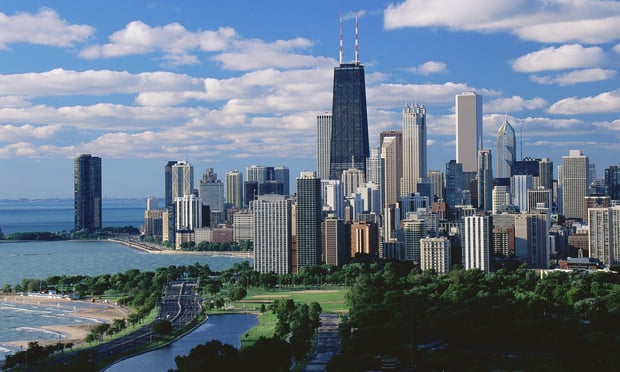CHICAGO—The investment landscape within the US went through a significant change in the last few years. An economic recovery that was first confined to the nation's gateway markets spread to secondary and tertiary markets, transforming many into great places to invest. At the same time, gateway prices increased so much that some potential buyers have begun avoiding investments there.
As a result, according to the new Emerging Trends in Real Estate report by the Urban Land Institute and pwc, things are looking up in many Midwest markets including Chicago, which, although considered a gateway market, historically has lower prices than the coastal regions. That might not be apparent at first glance, as Chicago ranked 49th on the group's list for overall real estate prospects.
Recommended For You
Want to continue reading?
Become a Free ALM Digital Reader.
Once you are an ALM Digital Member, you’ll receive:
- Breaking commercial real estate news and analysis, on-site and via our newsletters and custom alerts
- Educational webcasts, white papers, and ebooks from industry thought leaders
- Critical coverage of the property casualty insurance and financial advisory markets on our other ALM sites, PropertyCasualty360 and ThinkAdvisor
Already have an account? Sign In Now
*May exclude premium content© 2025 ALM Global, LLC, All Rights Reserved. Request academic re-use from www.copyright.com. All other uses, submit a request to [email protected]. For more information visit Asset & Logo Licensing.









